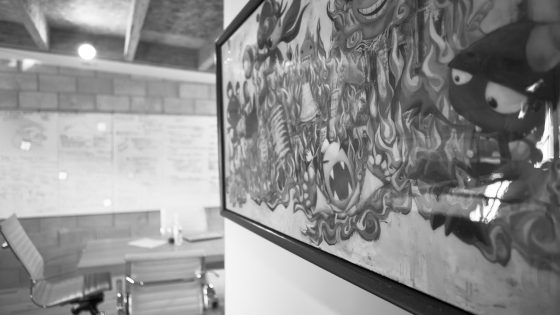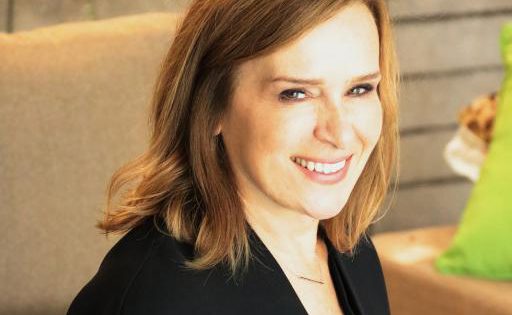Are you an introvert or an extrovert? Do you get your best ideas while talking to others or do you prefer quiet time processing your thoughts? Whatever your personal disposition, if you’re charged with leading others, or you want to move into managing others, you’ve got to understand introverts and extroverts, and how they do their best work.
Let’s define what we mean by Introverts and Extroverts. According to Isabel Briggs Myers and Katharine Briggs, and their now-famous Myers Briggs [Personality] Type Indicator, we tend to fall along a spectrum of personality and behaviors called Introverts and Extroverts. As the names imply, both use their inner and outer worlds differently in their thinking, learning and interaction styles. Introverts are more inclined to delve into inner worlds of thoughts and feelings while extroverts prefer outside stimulation with activity and talking. Introverts prefer less outside activity and draw meanings in their minds from these experiences. Extroverts focus on feeling experiences and figure out meaning in experiences.
Many psychologists and organizational behaviorists tell us introverts and extroverts don’t always understand one another’s communication style. These confusions can lead to unproductive meetings, unnecessary conflicts and decreased productivity.
If you’re managing or leading teams, understanding personality and knowing the value of introverts and extroverts, will not only garner you respect from employees, but it can also increase productivity, and improve the quality of work products, and conflict resolution.
Consciously appealing to different personalities also improves morale, because we humans work best, and are happier, when we feel understood and respected. And the bigger truth is that we can’t avoid it. All of us are born somewhere on the introvert / extrovert spectrum and the key is making the most of how these two personality types can best work together.
We carry with us stereotypes about introverts versus extroverts. Sometimes, the reality in every meeting proves our bias. So for instance, extrovert-oriented talkative types speak often, displaying confidence while quieter types listen, conveying inactivity in meetings or brainstorming work sessions.
As Susan Cain argued in her bestseller, “Quiet: The Power of Introverts in a World That Can’t Stop Talking,” introverts are forced to work against the “Extrovert Ideal — the omnipresent belief, the gregarious, alpha (who is) comfortable in the spotlight.” It’s easy to buy into the Extrovert Ideal and default to idealizing their personality as the best approach to leading initiatives. But, while extroverts can provide a burst of energy and take the initial reins, introverts have equally valuable contributions to make.
We need extroverts to kick things off and bring a fresh energy to the room. If you’ve ever sat in a meeting where no one wanted to speak up, then you know what a relief it is to have that person who’s willing to go first or just “spitball.” However, it’s important to remember that while introverts may be sitting there quietly, they are actually quite engaged. The truth is they may just be taking it all in. Introverts are internal facing, meaning they can absorb and consider facts, and combine ideas in their head, which they may verbally express at a later time.
Another way these personalities balance each other out is through their approach to thought. While extroverts tend to express their ideas as they think of them, often trying to get a better grasp on what they’re actually saying, an introvert can listen to what an extrovert is saying and summarize what they’re really thinking. Sometimes, an extrovert is able to inspire an introvert, and an introvert is able to give the extrovert focus and structure.
As stated earlier, we often look to extroverts to jumpstart the energy of a meeting, but during long meetings or brainstorming sessions, extroverts can sometimes extend themselves into exhaustion. It’s the introverts who can save the day by swooping in and bringing energy back to the room.
It can be challenging to operate in a business environment where we tend to default to the loudest or quickest ones to talk to lead the conversation, but it’s important to remember that both extroverts and introverts have their own unique advantages and resources. They can actually strengthen each other. In the end, we’re all just trying to make ourselves heard, even if we go about it in different ways.












